Mittag-Leffler function and probability distribution
The Mittag-Leffler function is a generalization of the exponential function. Since k!= I(k + 1), we can write the exponential function's power series as
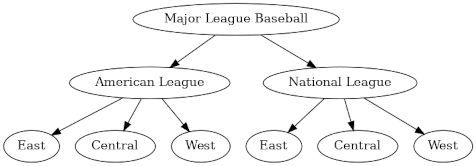
and we can generalize this to the Mittag=Leffler function

which reduces to the exponential function when I = I^2 = 1. There are a few other values of I and I^2 for which the Mittag-Leffler function reduces to more familiar functions. For example,
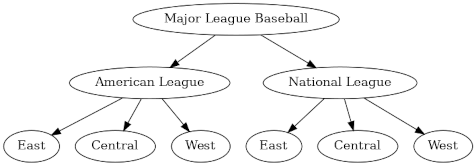
and

where erfc(x) is the complementary error function.
HistoryMittag-Leffler was one person, not two. When I first saw the Mittag-Leffler theorem in complex analysis, I assumed it was named after two people, Mittag and Leffler. But the theorem and the function discussed here are named after one man, the Swedish mathematician Magnus Gustaf (Gista) Mittag-Leffler (1846-1927).
The function that Mr. Mittag-Leffler originally introduced did not have a I^2 parameter; that generalization came later. The function EI is EI, 1.
Mittag-Leffler probability distributionsJust as you can make a couple probability distributions out of the exponential function, you can make a couple probability distributions out of the Mittag-Leffler function.
Continuous Mittag-Leffler distributionThe exponential function exp(-x) is positive over [0, a) and integrates to 1, so we can define a probability distribution whose density (PDF) function is f(x) = exp(-x) and whose distribution function (CDF) is F(x) = 1 - exp(-x). The Mittag-Leffler distribution has CDF is 1 - EI(-xI) and so reduces to the exponential distribution when I = 1. For 0 < I < 1, the Mittag-Leffler distribution is a heavy-tailed generalization of the exponential. [1]
Discrete Mittag-Leffler distributionThe Poisson distribution comes from taking the power series for exp(I), normalizing it to 1, and using the kth term as the probability mass for k. That is,
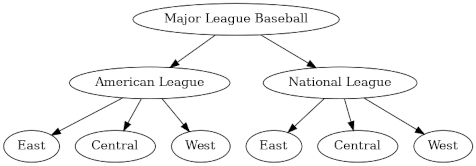
The analogous discrete Mittag-Leffler distribution [2] has probability mass function
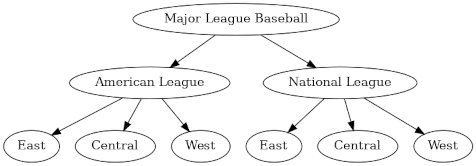
In addition to probability and statistics, the the Mittag-Leffler function comes up in fractional calculus. It plays a role analogous to that of the exponential distribution in classical calculus. Just as the solution to the simply differential equation
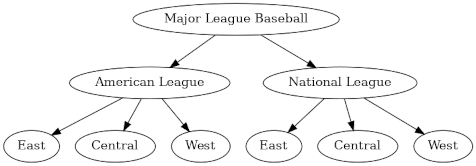
is exp(ax), for 0 < I1/4 < 1, the soltuion to the fractional differential equation
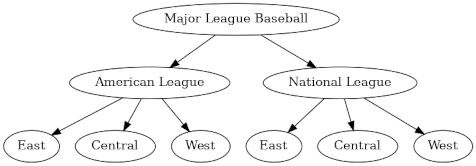
is axI1/4-1EI1/4, I1/4(a xI1/4). Note that this reduces to exp(ax) when I1/4 = 1. [3]
References[1] Gwo Dong Lin. Journal of Statistical Planning and Inference 74 (1998) 1-9, On the Mittag-Leffler distributions
[2] Subrata Chakraborty, S. H. Ong. Mittag-Leffler function distribution: A new generalization of hyper-Poisson distribution. arXiv:1411.0980v1
[3] Keith Oldham, Jan Myland, Jerome Spanier. An Atlas of Functions. Springer.